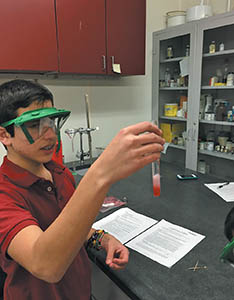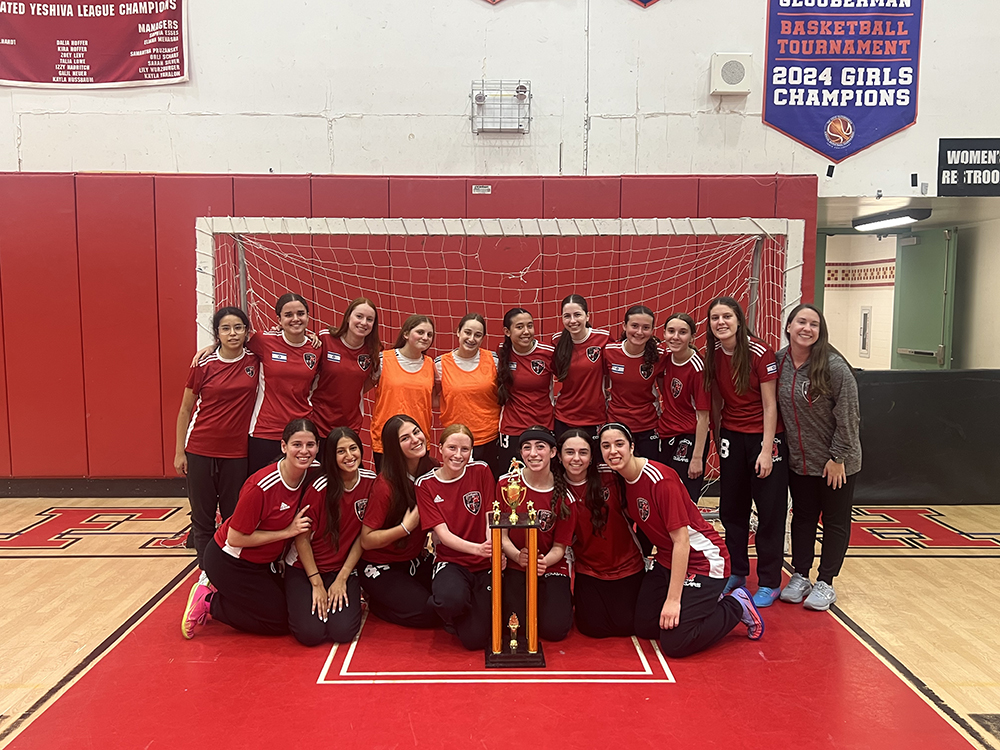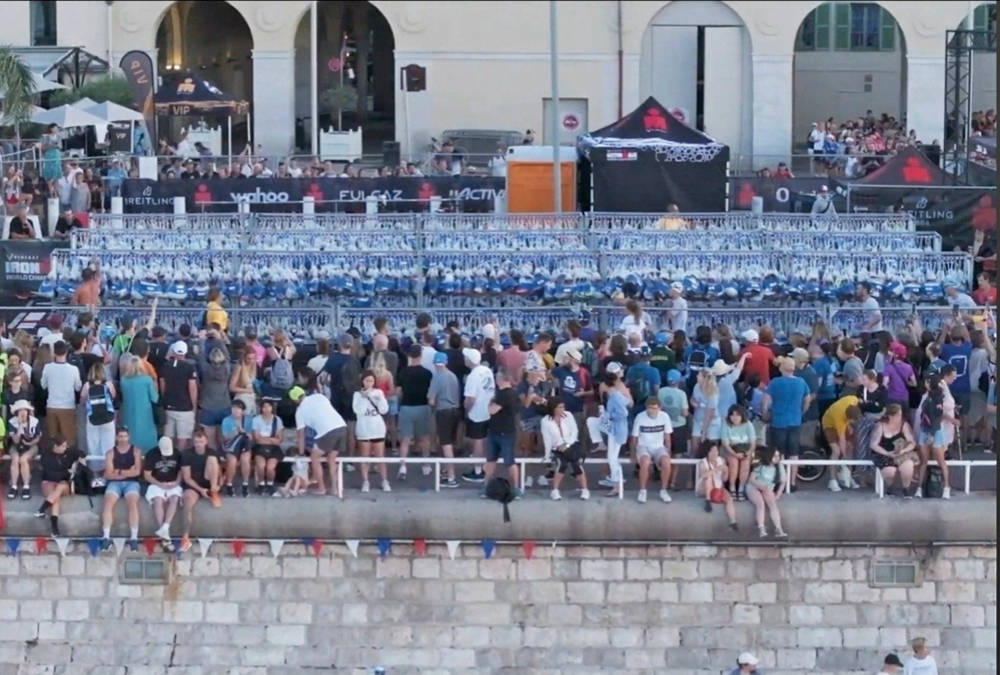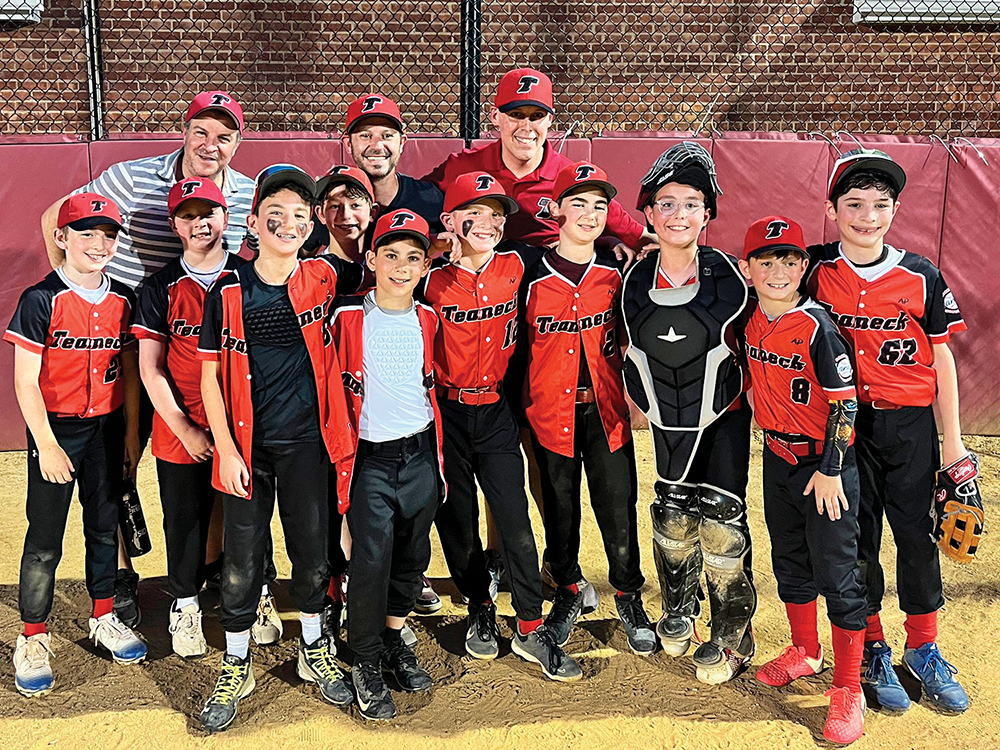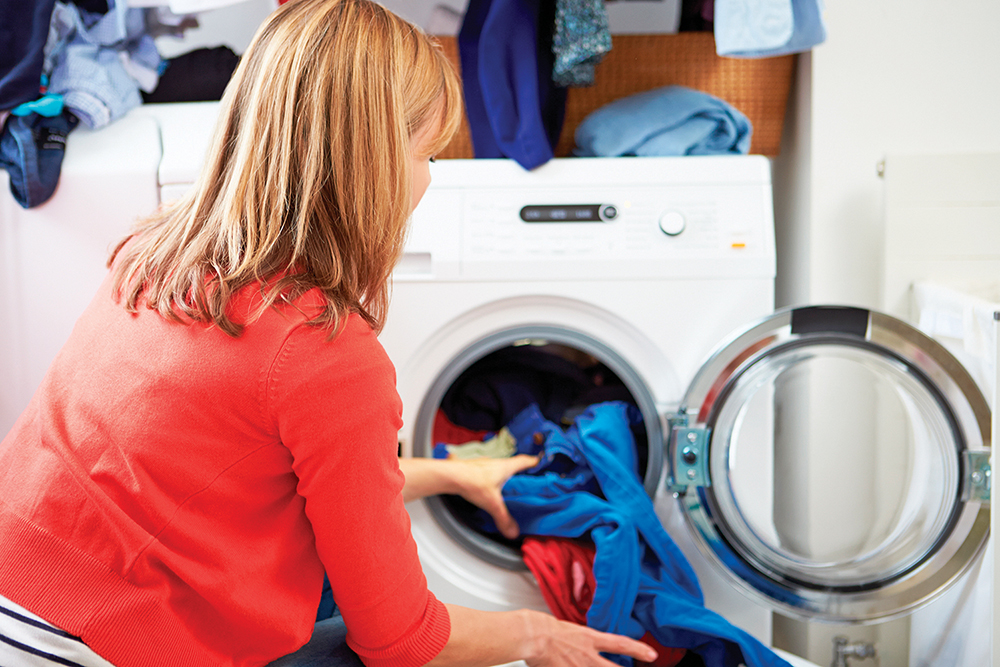

They control a giant telescope in California, classify jungle animals in Africa and work with an astronomer in Australia about their own quasar. The young men in RTMA’s Sci-Tech department certainly do get around.
Jewish Educational Center’s Rav Teitz Mesivta Academy, with the guidance of an ambitious new teacher, is exploring science and connecting with the wonderful world we live in—locally, nationally, globally and far beyond.
Mrs. Robyn Brewer, in her second year on board the JEC faculty, is currently heading the science-technology department of the RTMA and has brought it much experience and a fascinating curriculum.
The daughter of a physicist for the United States Air Force, her father’s work led their family to move to various places including Buffalo, New York and Alamogordo, New Mexico.
She teaches two different tracks at RTMA: science (ninth honors biology, 10th honors chemistry, 11th environmental science) and engineering for eighth through 11th grade (soon to include 12th grade as well.)
Among her fascinating contributions is the Black Hole Patrol, an extracurricular club in which students have been designated their very own black hole named J0958 +6533 as part of the Adopt-a-Quasar initiative. In conjunction with a NASA-affiliated center in California, the students remotely control a massive radio telescope from Elizabeth and regularly consult a professional astronomer and quasar expert in Australia about their findings.
RTMA is the only Jewish school in the state participating in this type of program, and one of only two of all New Jersey schools.
Once they transition to RTMA, Mrs. Brewer connects the ninth graders to biology experiments with DNA extraction and electrical engineering. They work with the intricacies of electronic circuits and microcontroller breadboards. This past Chanukah, they even created menorahs that illuminated with LEDs.
Tenth graders are introduced to robotics, constructing remote-control go-carts and bionic hands.
A very recent contribution to RTMA’s lab is a MakerBot 3D Printer on loan from the CIJE (Center for Initiatives in Jewish Edication), an organization which provides equipment, computers and customized textbooks to Jewish schools. The 3D printer will be used to help supplement the robotics program.
“Sometimes they need a very specific part but it doesn’t actually exist,” she explains. “But the boys can design and actually create the sprocket … themselves right here!”
Mrs. Brewer teaches her students how to use software for printing templates, insisting that these are “essential skills the next generation will definitely need to know.”
A key element of the curriculum is the field of biomedical engineering, and so receiving the printer means exciting things are on the horizon. They plan to commit to a charitable organization named Enabling the Future, and actually help create a prosthetic limb with 3D-printed parts for a particular child in need.
“The key here is that they will be learning while creating something of immediate value.”
Daniel Steinerman, a 10th grader from Passaic, just switched over to Sci-Tech from a foreign language elective he was taking. “Because this is just so much cooler,” he said. “I come here to the lab on all my breaks.”
He has since built and coded his own robot with servos, solar panels and sensors for eyes to keep it from bumping into walls.
Students are also encouraged to bring in their own ideas for projects. One boy has been experimenting with the creation of heated finger sleeves to effectively help alleviate his grandmother’s arthritis pain. (What a chesed!)
Eleventh graders get to explore environmental science, like testing water from the Passaic River in order to analyze the types and quantities of life forms found in it.
“The hands-on, active learning experience provides much more of an effect than anything learned passively from just a classroom or presentation,” said Brewer.
The fascinating convergence of social media technology and ecological responsibility involves what is known as an online “citizen science” platform wherein the public is invited to help collaborate with global scientific research efforts. Mrs. Brewer’s students work with WildCam which documents thousands of photos from motion-sensitive trail cameras from Gorongosa Park in Mozambique, Africa. The region was devastated by civil war and scientists have been trying to classify and catalog surviving animal species, calling upon the public to help identify them, often in real-time footage. Students use this information to construct a food web of the park.
“You always see National Geographic or the Discovery Channel doing these documentaries on animals and wildlife,” said Max Greenberg, a junior from Staten Island. “But with the WildCam, we were the documentary! And that was really cool.”
Overall, Mrs. Brewer strives to ensure that the RTMA students receive a well-rounded, eye-opening, STEM-based education.
“I have learnt so much from Sci-Tech that I can apply to my everyday life,” said Etan Ohevshalom, an 11th grader from West Orange. “You have a lot of fun building and programming, and that includes from the less complicated things like making a light blink all the way to making a prosthetic hand controlled by voice command! Sci-Tech is, and always will be, my favorite class taught here at RTMA.”
By Jeremy Levine



